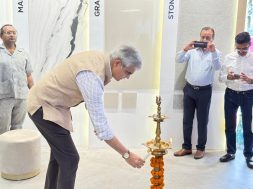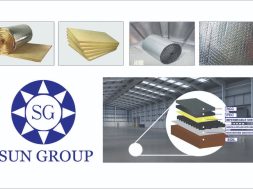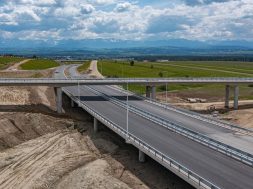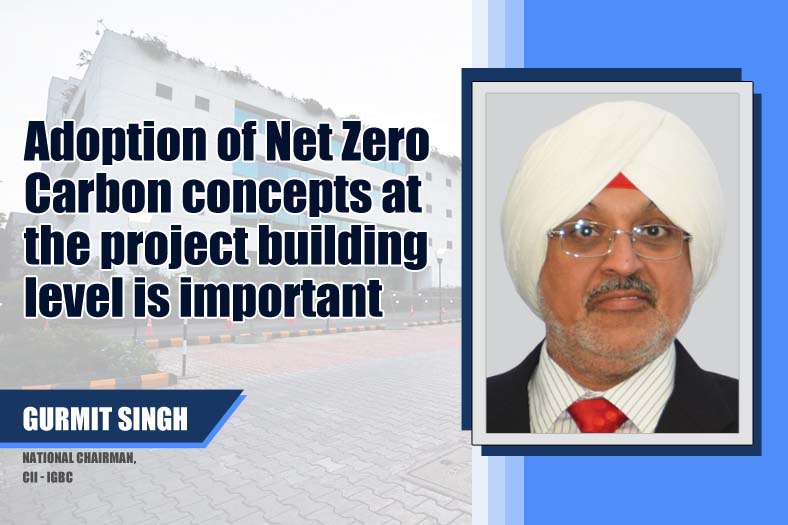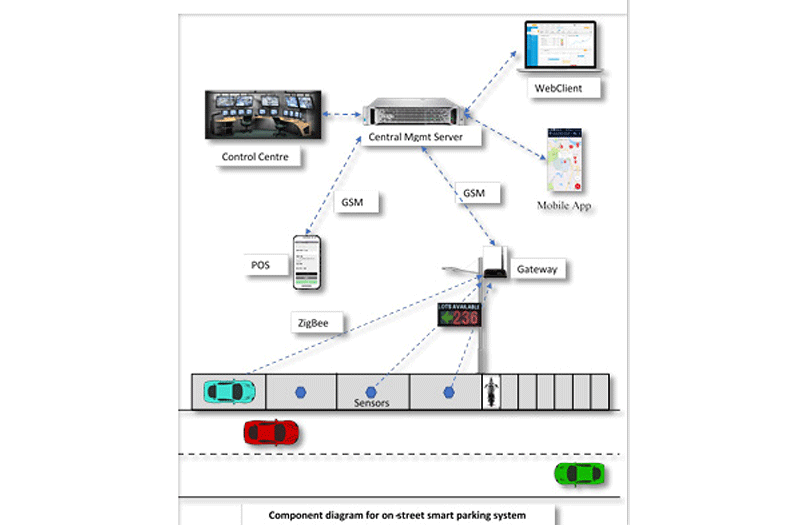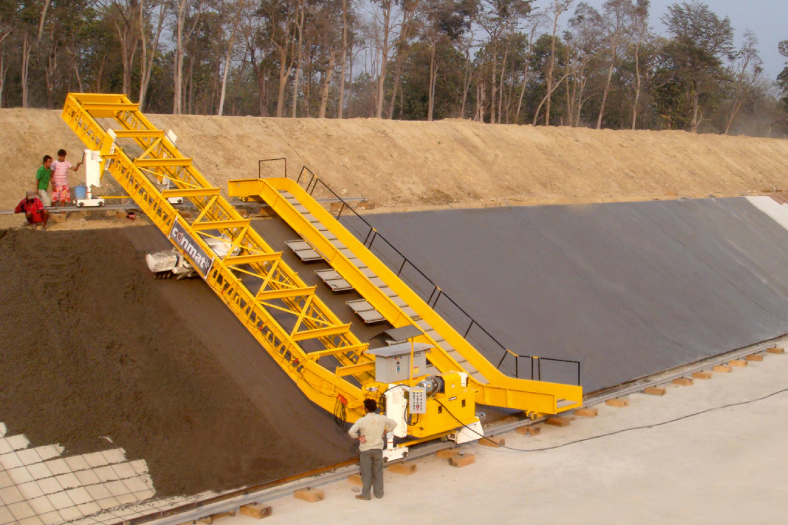Innovative techniques & materials for construction
This article talks about the need for finding and implementing new methods of cost‑effective, eco-friendly, high-grade construction
The paradigm for Indian real estate has changed drastically over the last decade. What was before a fairly straightforward – if lacklustre – equation has now transformed into a dynamic and self-sustaining landscape that brings its own unique opportunities and challenges with it. The questions being asked today by end-users, investors and even conscientious developers are very different from those of a decade ago. Some of these questions are – what drives the Indian real estate market? Who are its primary influencers? Who are the real beneficiaries? It all boils down to a simple question – is the Indian real estate market growing rationally and holistically? Inclusive growth in context with the Indian real estate market must necessarily mean that the benefits of growth in the sector must be spread over a wider palette. It is already happening, in the sense that the Indian government’s heavy investments into infrastructure have created a much larger job market, which includes a wider variety of skilled and unskilled individuals. Today, a whole swath of industries are directly or indirectly involved in the India real estate story, with business being generated insurance, finance, transportation, construction and information technology. However, even today, there are many hurdles to the real estate sector’s growth. Archaic and counterproductive land laws prevent our cities from growing logically, and lack of awareness about the benefits of creative and environmentally friendly real estate development is still rampant. In a country reeling under an acute shortage of affordable housing, it makes sense to adopt methods that allow the supply pipeline to be augmented while simultaneously reduce the amount of waste created in the construction process by reducing, recycling and reusing materials. The clarion call for change has not gone unheard. Some of the leading developers in India are now engaged on a quest for innovative methods of delivering quality homes while reducing the environmental impact of the construction process. This involves finding and implementing new methods of cost-effective, eco-friendly, high-grade construction. Alu-form construction processThis focus has logically led to an increasing adoption of technologies such as the Alu-form construction process. This extremely progressive technology is a revolutionary innovation that allows for the speedy, accurate and highly consistent casting of all internal and external walls, columns, beams, floor slabs, stairs and other parts of a concrete building. It is an integrated system which merges the wall and slab panels into a seamless unit. With a drastic reduction of form-jointed sections, the end products have superior resilience to wear, tear and degradation.
Using the building’s architectural blueprint as a guideline, highly resilient aluminium panels are pre-designed for all concrete elements of the building’s superstructure. Alu-form technology allows internal electrical fittings and plumbing to be incorporated with a high-degree of design efficiency, and as part of the overall building plan. This factor reduces the probability of electrical and plumbing failures. On the rare occasions when they do occur, such problems can be quickly isolated and fixed. This contributes to the overall cost-effectiveness of owning a home constructed with Alu-form technology. Moreover, the use of this construction technology vastly reduces the chance of on-site mishaps, making it one of the safest systems for building construction currently available. Alu-form construction technology involves extremely efficient, light-weight and flexible materials and cuts down on the need for messy brickwork, concrete leakage and the use of conventional, polluting construction equipment. It is therefore one of the most environment friendly construction techniques on the market Significantly, Alu-form technology puts an end to the problems of construction irregularities and asymmetrical aesthetics which plague even the best of projects. The finished units are flawlessly balanced and streamlined, providing a finished and sophisticated look and feel. The basic equipment used in Alu-form construction technology can be reused over up to 300 times, which means that there is significantly reduced wastage. The implied savings during the construction process can then be passed on to buyers into the finished product, making Alu-form construction technology one of the most viable means of delivering budget housing in big cities.
Since it involves less skilled labour and conventional construction materials, it is ideally suited for the speedy completion of affordably priced homes. The adoption of this revolutionary construction technology is a vital step forward in making budget housing available within market-viable timelines. It will play an extremely important role in bringing India a step closer towards meeting its massive shortfall of affordable housing.
It must be noted that the use of such innovative construction technologies requires a consummate upgrading of the skills of construction artisans at the grassroots level so that they can understand the entire concept. Using alternate construction techniques without proper knowledge and instruction can result in compromised construction integrity, safety and project life-span. Alternate construction materialsOther ways of meeting the demand for cost-effective, yet environmentally friendly homes is through the use of alternate construction materials such as recycled fly ash (a waste by-product of coal combustion). This medium can be utilised to build budget housing of fairly high quality. Other alternate construction media are interlocking bricks, hollow concrete blocks, rubble filler blocks, stabilised mud-based blocks and funicular (or rope-like) shells.
By using alternate construction materials and methods, construction costs can be reduced by a minimum of 10-15 per cent in terms of materials and up to 20 per cent in terms of skilled manpower expenses and construction time. Modular housing is yet another method that can be adopted by progressive Indian developers. When supported by the correct design, factory-build modular housing conforms to most standards of structural integrity, safety and environmental impact. This kind of construction involves the use of pre-manufactured components like roof and floor trusses that can be assembled quickly and with major savings on construction time and labour costs.
ChallengesThere is still a fair degree of resistance, both from developers and buyers, to projects built with alternate construction materials. While innovative construction techniques like Alu-form construction in housing projects have become widely accepted and indeed popular, the Indian market’s acceptance of housing built with alternate construction materials is still quite low.
In India, unlike in the more developed countries, there is still an erroneous assumption that the use of cost-effective alternate construction materials results in inferior structures. Knowing that a building has been built with anything but conventional materials and technologies cause potential buyers to have concerns about its safety, durability and resale value.
This lack of awareness can result in a loss for developers who use them, since it would impact the marketability of their product. Alternate construction materials have therefore not yet become a very popular route among developers in India. The primary challenge lies in convincing buyers of the inherent value of such projects, and also to educate developers on the long-term business potential. There needs to be a greater level of awareness.
Cookie Consent
We use cookies to personalize your experience. By continuing to visit this website you agree to our Terms & Conditions, Privacy Policy and Cookie Policy.

